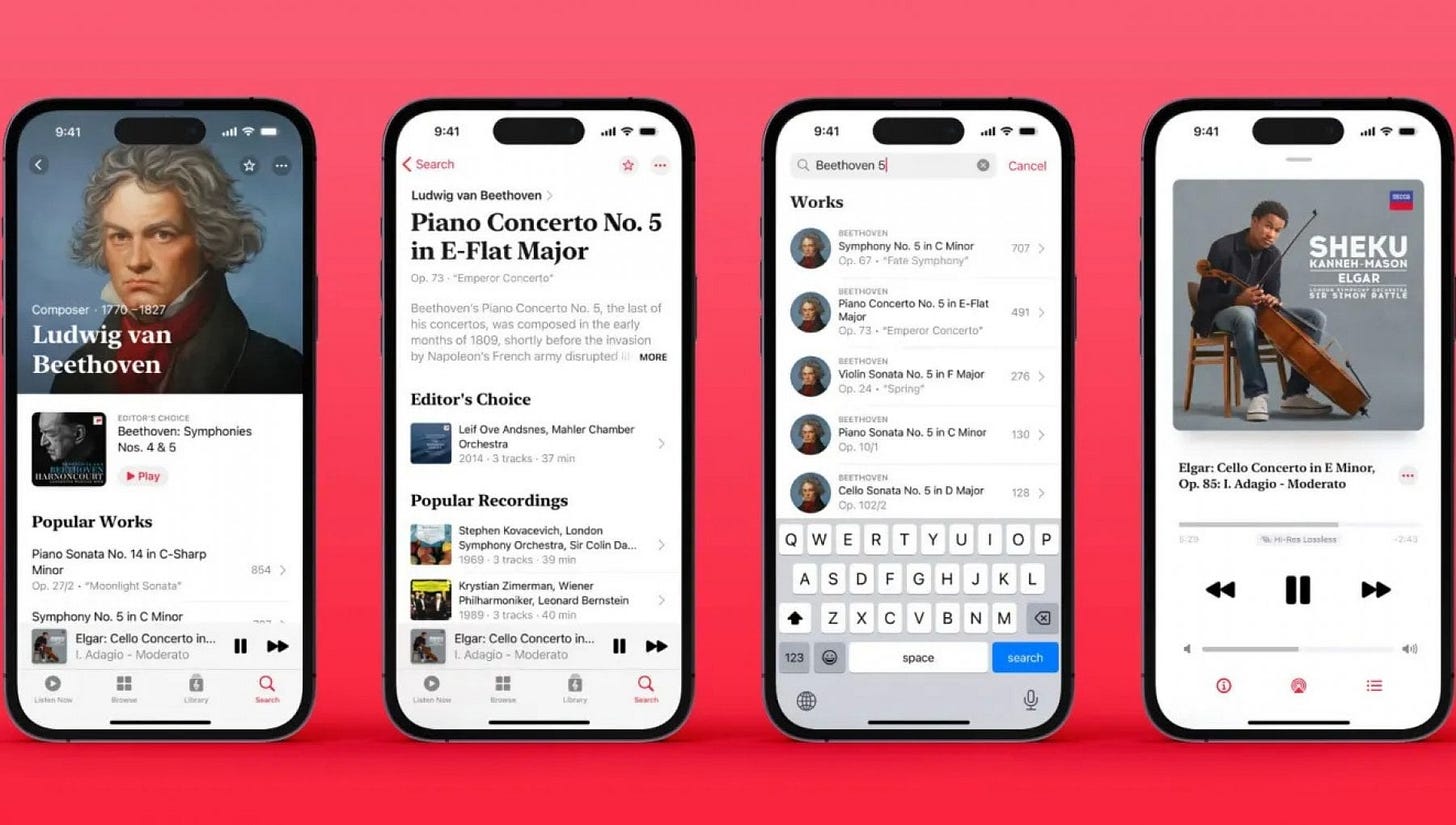I’ll tell you the story of “Joe”.
Joe is an aspiring UX Designer, currently building his portfolio. As he is learning about UX, he starts noticing how one of the apps he uses every day, Spotify, has a feature that according to him really lacks in usability. So he gets an idea: redesign the feature, publish it, and who knows, maybe get noticed by the team! However, after the project is published, he doesn’t get the attention he was hoping for. Why is that, he wonders?
1. Redesigns of famous apps don’t help you stand out
While this may have been true at the very beginning of viral Medium posts, in today’s current climate a redesign of a famous app easily gets lost in a sea of similar projects. This is true also for certain kinds of more “abstract” challenges like the infamous “pet app” I often see in portfolios.
2. Your projects end up having no real-world impact
A redesign of a famous app will 99% of the time be confined to your portfolio. On the other hand, the beauty of doing UX work is that it can actually cause a positive impact, whether it’s the solution to a problem, a decrease in user frustration, or an increase in sales (unless this is achieved through a dark pattern). So, if you can, go local or look for a product within a specific niche. It will be easier to actually get it implemented and provide an actual measure of impact in your case study! And that’s what will make you shine.

3. Fake projects like this one end up hiding your understanding of constraints and business needs.
There is a reason why Spotify is the way it is: several iterations, tech constraints, and business needs that we -as users- don't know about. For this reason, any redesign/new product in a popular field you propose might never see the light of day in the real world. Spotify explains this in the design team’s blog:
Here at Spotify, we often ask ourselves whom we’re designing for. And since listening to music is so universally popular, it might seem at first that the answer is ‘everyone’. After all, Spotify is available as a free and paid product. It can be used by anyone with a phone, computer, car, set of smart speakers, or many other devices. It’s present in over 79 markets and it offers experiences – like Daily Mixes – that are personalised to every single listener.
Yet designing for a mass, generalised audience isn’t likely to end up pleasing ‘everyone’. So in 2017, our team was challenged to create a better understanding of existing and potential listeners.
Basically, in order to make sure that Spotify would cater to so many different listeners, the team conducted research for 2 YEARS and ended up developing not one, but 5 PERSONAS. Do you see now why a student project where 3 friends were called for user testing just doesn’t cut it?
Disclaimer: if you put a project like this in your portfolio, don’t beat yourself up. Any practice is good for sharpening your skills! But keep in mind that if you wish to get selected for more interviews, substituting a redesign of a popular app with a different project can only be beneficial to you.
More impactful redesigns for your next project
A digital product that belongs to a niche (for example, the classical music niche I mentioned above)
A startup product
A local business website
Any other ideas or questions? Hit me up in the comments!
Book recommendation: Living with Complexity by Donald Norman
When we talk about Norman’s work, the first book that comes to mind is his bestseller, The Design of Everyday Things. This book however is a hidden gem that I highly recommend! The author brilliantly explains the concept of good design in a world that is inherently complex and introduces the concept of Service Design, UX’s “cousin”.





Redesigns are a useful exercise to practice thinking about and applying UX rules and patterns. I find startup products or landing pages have tons of opportunities for meaningful redesign, as some of the issues are simply not following fundamental design principles.
I wouldn't use this work in my portfolio but it's a useful exercise anyway.